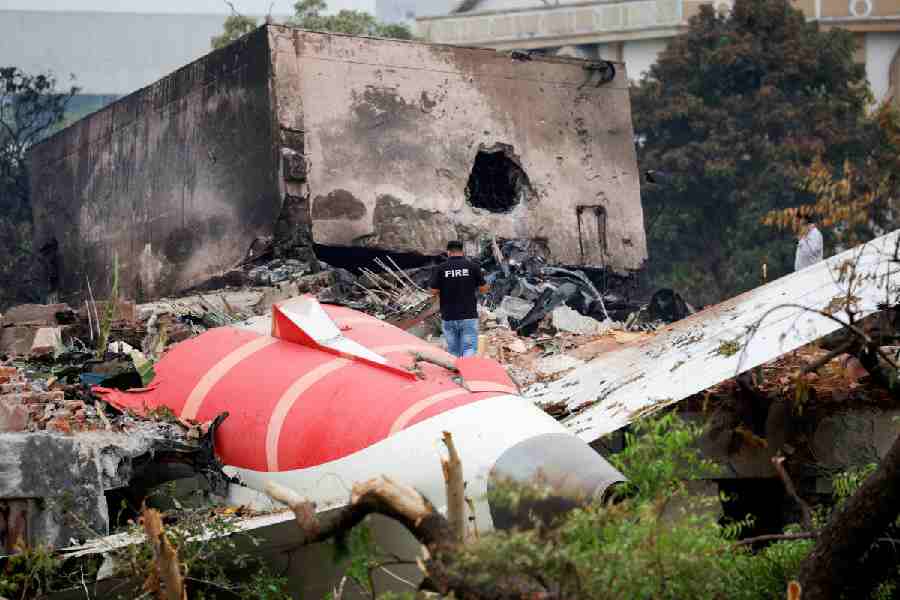 |
| The black box of a crashed plane in Ecuador in March. (AFP) |
Paris/London, June 3: (Reuters) The first sighting off Brazil’s coast of possible wreckage from a missing Air France jet signals the start of what could be one of the most challenging operations ever mounted to retrieve the tell-tale black box.
But French officials today said they might never discover why the aircraft crashed into the Atlantic killing 228 people and cautioned they might not even find the plane’s black box on the ocean floor.
Officials in Brazil said search teams had spotted four more clusters of debris about 90km south of the first wreckage discovered yesterday in the middle of the Atlantic. An aviation expert said the large distance between the wreckage zones might be an indication the plane broke up in the sky well before it hit the water.
France is dispatching a mini submarine that can explore to a depth of 19,680ft and will try to locate the Airbus’s flight data and voice recorders.
Paul Louis Arslanian, the head of France’s air accident investigation agency, said he was not sure that the black box would be recovered.
“We cannot rule out that we will not find the flight recorders,” Arslanian told reporters, warning the inquiry could take a long time to wrap up.
“I cannot rule out the possibility that we might end up with a finding that is relatively unsatisfactory in terms of certainty,” he added.
A first report will be ready by the end of the month, with the investigation led by Alain Bouillard, who took charge of the investigation into the crash of an Air France Concorde in 2000.
The black box, which is in fact two separate devices containing cockpit voice recordings and instrument data, offers the best chance of finding out why the Airbus jetliner vanished in an Atlantic storm.
The devices are designed to send homing signals when they hit water, but locating them presents one of the most daunting recovery tasks since the exploration of the Titanic and barring good fortune, could take months, experts said.
However, the black box emits signals only up to 30 days.
If they are in waters as deep as some people fear, 13,100ft or more, unmanned submersibles would be tested to their limits. Yet past disasters have led to advances in equipment which do give hope.
“There is a good chance that the recorder would survive but the main problem would be finding it,” said Derek Clarke, joint managing director of Aberdeen-based Divex, which designs and builds military and commercial diving equipment. “If you think how long it took to find the Titanic and that the debris would be smaller, you are looking for a needle in a haystack.”
Black boxes have an underwater beacon called a pinger which is activated when the recorder is immersed in water. The beacon can transmit from depths down to 14,000ft.
But the depths in this stretch of ocean far exceed the 1,968ft maximum at which any navy could attempt a useful submarine rescue, a senior diving expert at Britain’s Royal Navy said.










